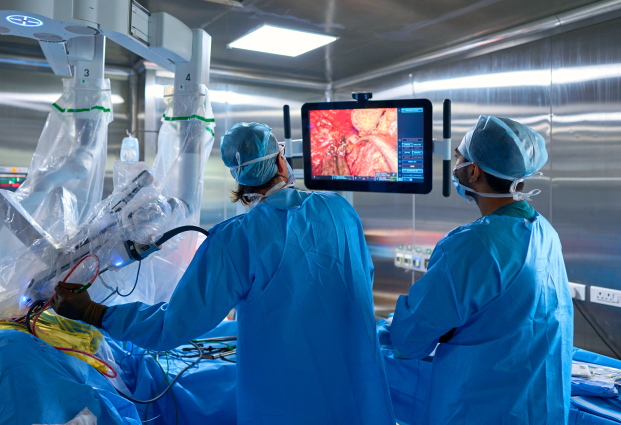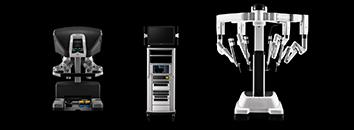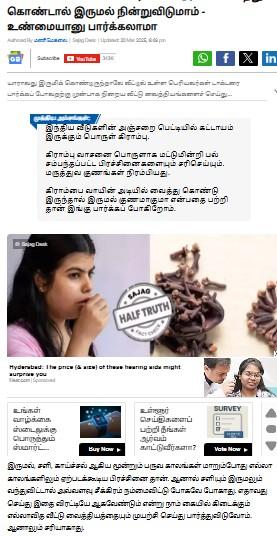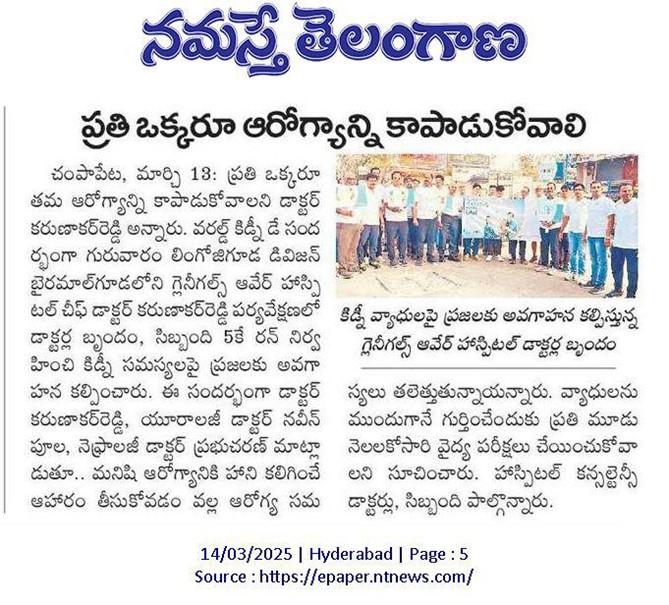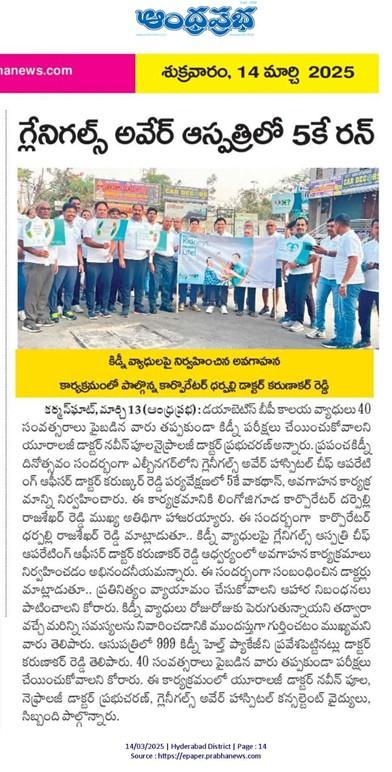A type of surgery called revascularization, used to improve blood flow to the heart in people with severe coronary artery disease (CAD). CABG is one treatment for CAD. During CABG, a healthy artery or vein from another part of the body is connected or grafted to the blocked coronary artery. The grafted artery or vein bypasses (that is, it goes around) the blocked portion of the coronary artery. This new passage routes oxygen-rich blood around the blockage to the heart muscle. As many as four major blocked coronary arteries can be bypassed during one surgery.
Heart valve repair or replacement surgery is used to fix damaged or diseased heart valves to restore heart function.
It is a minimally invasive procedure that treats an abdominal aortic aneurysm (AAA).
If you have advanced heart failure, you may need a left ventricular assist device (LVAD). An LVAD is surgically implanted in the heart and takes over the work of the left ventricle, one of the heart’s two lower chambers. An LVAD helps the heart pump oxygenated blood to the body when the heart isn’t healthy enough to do so. This can lessen the heart’s workload, reduce symptoms and keep a person alive longer.
Maze heart surgery is a complex procedure in which a surgeon creates small cuts in the upper part of the heart. Stitching the cuts together forms scar tissue. The scar tissue interferes with the transmission of the electrical impulses that can cause atrial fibrillation, which restores a normal heartbeat.
Minimally invasive cardiac surgery uses small chest incisions and endoscopic instruments to gain access to the heart. In contrast, traditional heart surgeries use a significant cut in the chest to split the breastbone (also known as a sternotomy) and gain access to the heart. As heart surgery techniques and technology improve over time, more conditions may be treated through minimally invasive or keyhole surgery. This technique can help reduce pain and scarring while maintaining safety and efficacy and revolutionising the overall patient recovery experience.
This specialised surgery addresses congenital heart defects in children, such as holes in the heart, valve abnormalities, or blood vessel malformations. Skilled paediatric cardiac surgeons perform the procedure to restore normal heart function and improve circulation. Techniques vary from minimally invasive approaches to open-heart surgery, depending on the complexity of the defect. These interventions often occur early in life to ensure proper growth and development, with advanced care ensuring high success rates and recovery outcomes.
Thoracic aortic surgery is a procedure to repair an aneurysm or dissection in the upper part of the aorta, the body's largest artery. The surgery can be performed using open surgery or a minimally invasive procedure called thoracic endovascular aortic repair (TEVAR).
It is a nonsurgical procedure to replace your heart’s aortic valve. This minimally invasive procedure can help people with a narrow aortic valve that keeps blood from getting to your body’s cells. Also called Transcatheter Aortic Valve Replacement (TAVR), it’s an alternative to open-heart surgery.







